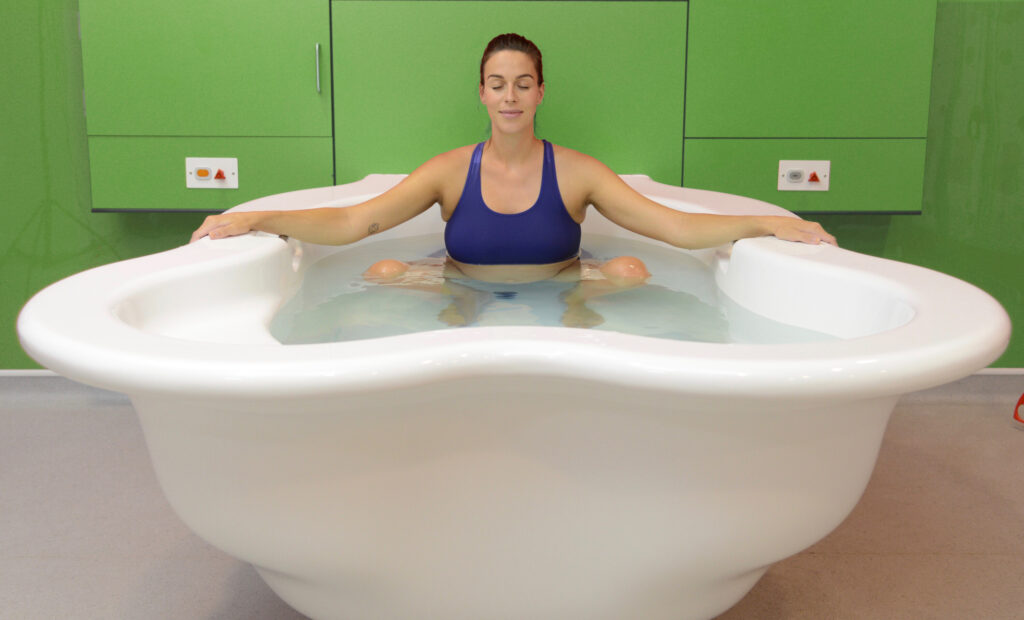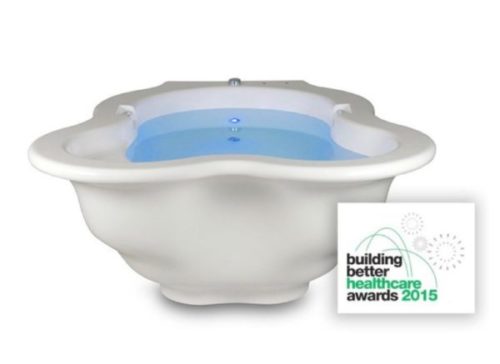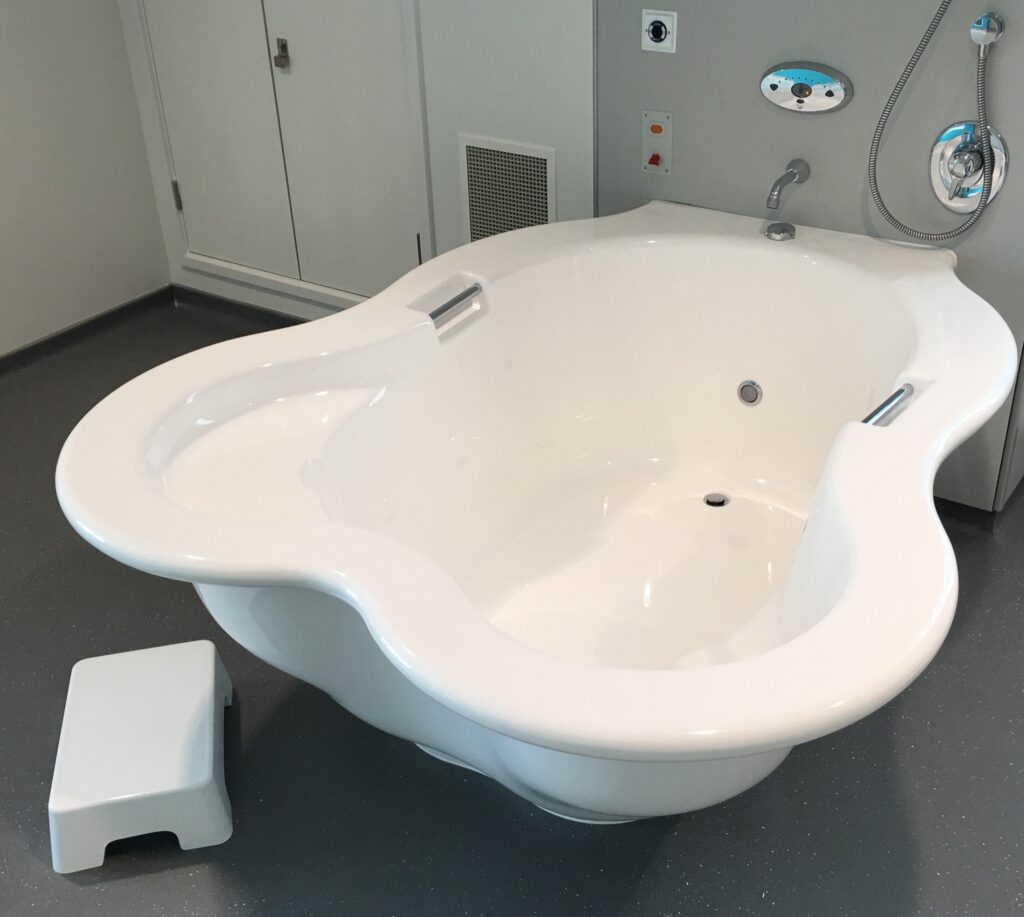Bringing a child into the world is a profound and transformative experience, and expectant parents often seek ways to make the birthing process as comfortable and empowering as possible.
In recent years, water birth pools have gained popularity as a natural and soothing environment for labor and delivery.
This article explores the benefits of water birth pools, shedding light on why an increasing number of individuals are choosing this option for their childbirth experience.

The History of Water Birth
The concept of water birthing is not a recent development; it has deep historical roots.
Water has been used for centuries as a therapeutic element in various cultures.
Ancient civilizations such as the Egyptians and Greeks practiced water immersion for relaxation and healing.
In the realm of childbirth, the modern resurgence of water birth can be attributed to the pioneering work of French obstetrician Frederick Leboyer in the 1960s and later popularized by obstetrician Michel Odent.

Benefits of Water Birth Pools
- Pain Relief and Relaxation:
- The buoyancy provided by the water reduces the gravitational pull on the body, providing relief from the pressure and pain associated with labor. This can contribute to a more relaxed and calm birthing experience.
- Increased Mobility:
- Buoyancy in water enables greater freedom of movement during labor. This increased mobility allows the laboring person to find comfortable positions easily, promoting optimal fetal positioning and potentially easing the progression of labor.
- Reduced Stress and Anxiety:
- The warm water in birth pools promotes relaxation by soothing tense muscles and reducing stress. Lower stress levels may lead to a more positive birthing experience and can contribute to better overall maternal well-being.
- Improved Blood Circulation:
- Water immersion can enhance blood circulation, which may help with pain relief and decrease the likelihood of complications related to poor blood flow during labor.
- Temperature Regulation:
- The warm water in birth pools helps regulate the mother’s body temperature, preventing overheating and promoting comfort. This controlled environment contributes to a relaxed atmosphere for both the birthing person and their support team.
- Gentle Transition for the Baby:
- Babies have spent nine months surrounded by amniotic fluid, and the gentle transition from the warm water of the womb to a water birth pool can be less abrupt. This potentially leads to a smoother and less stressful entry into the world.
- Reduction in the Use of Interventions:
- Studies suggest that water births may be associated with a lower likelihood of interventions such as epidurals and episiotomies. This natural approach aligns with the desire of many parents for a minimally invasive childbirth experience.
Water birth pools offer a holistic and natural approach to labor and delivery, providing a range of physical and psychological benefits for both the birthing person and their baby.
As with any birthing option, it’s essential for expectant parents to consult with their healthcare providers, consider individual health circumstances, and ensure that the chosen birthing environment aligns with their preferences and values.
The increasing popularity of water birth pools reflects a growing recognition of the importance of personalized and empowering childbirth experiences.
As the field of obstetrics continues to evolve, water birthing stands as a testament to the timeless and healing power of water in the miracle of life.
References:
Eriksson, M., Boström, I., Lundström, H., & Håkansson, S. (1996). Waterbirth: Experiences of Swedish midwives. Midwifery, 12(1), 11-18.
This study explores the experiences and perspectives of midwives involved in water births, shedding light on the practical aspects and outcomes of water immersion during labor and delivery.
Garland, D. (2000). Waterbirth: An Attitude to Care. Elsevier Health Sciences.
Garland’s book provides a comprehensive overview of water birth, covering its historical context, benefits, and practical considerations. It is a valuable resource for both healthcare professionals and expectant parents seeking more in-depth information.
Burns, E. E., Boulton, M. G., Cluett, E. R., Cornelius, V. R., & Smith, L. A. (2012). Characteristics, interventions, and outcomes of women who used a birthing pool: A prospective observational study. Birth, 39(3), 192-202.
This prospective observational study examines the characteristics and outcomes of women who chose to use a birthing pool during labor. The findings contribute to the understanding of the real-world impact of water immersion in childbirth.
Zanetti-Dällenbach, R., Lapaire, O., Maertens, A., Holzgreve, W., & Hösli, I. (2007). Water birth, more than a trendy alternative: A prospective, observational study. Archives of Gynecology and Obstetrics, 276(4), 381-387.
This prospective observational study investigates the safety and outcomes of water births, providing valuable insights into the potential advantages and considerations associated with this birthing method.
Gupta, J. K., & Hofmeyr, G. J. (2004). Position for women during second stage of labour. Cochrane Database of Systematic Reviews, 1.
Although not specific to water births, this Cochrane review addresses the impact of different birthing positions during the second stage of labor.
Understanding optimal positions can be relevant to those considering water birth, where movement and positioning are facilitated.








